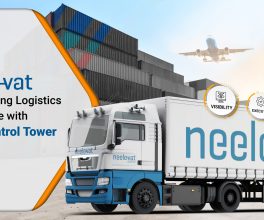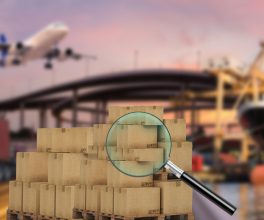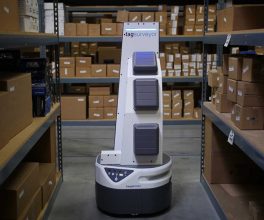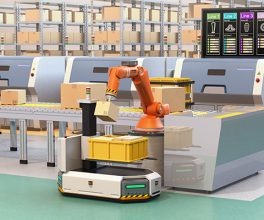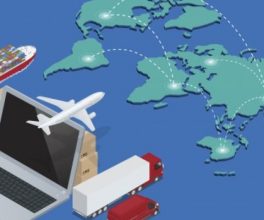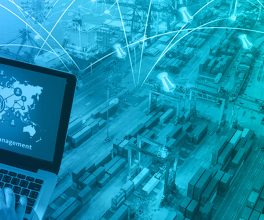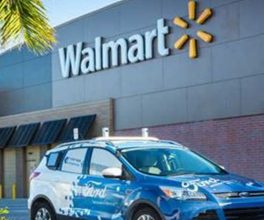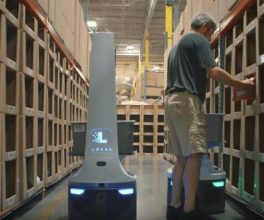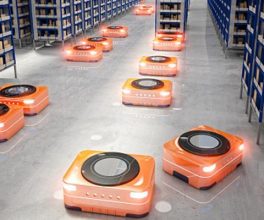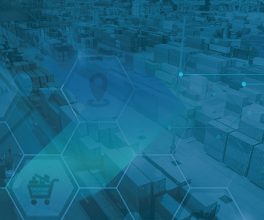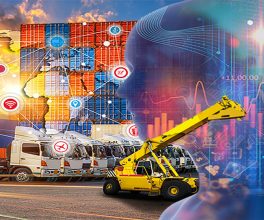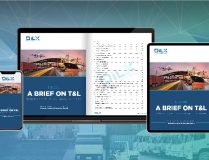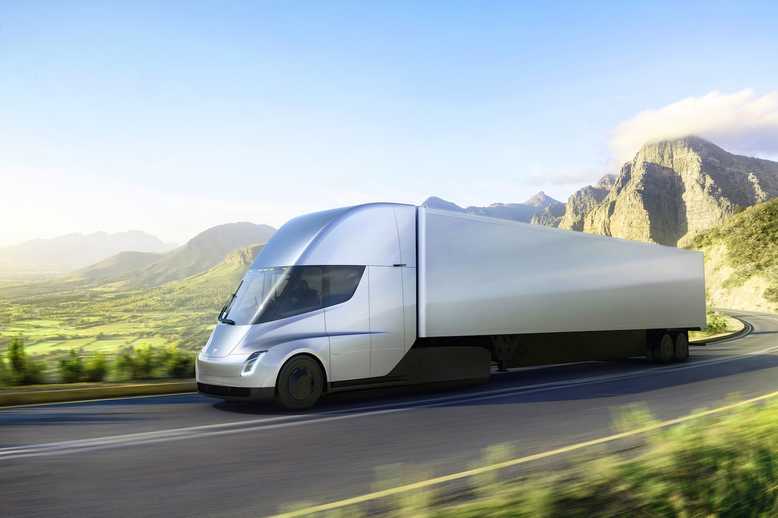Transportation management system, Kuebix, has predicted that the 2018 transportation market will experience a major shake-up due to recent tax reforms, continued capacity crunch and the focus on the digital transformation of the supply chain.
The company said that with a cut in taxes on small businesses, cash flow could increase, allowing companies to invest more in technology, human capital and business expansion. However, the tightened capacity crunch, driver shortage and higher freight rates may deter some businesses from making purchases.
Tax cuts combined with certain deductions will reportedly add $1trn in growth over the next decade, according to the Tax Foundation, adding .29% to the US GDP and creating 339,000 new jobs.
“Many economic and industry analysts see a positive economic environment for both foreign and domestic markets, giving rise to more investments in tools, like transportation management systems, that can help a business grow and improve customer service levels,” said Dan Clark, Founder and President, Kuebix.
“Supply chains will be a major focus for improvements in 2018 as C-level executives come to accept that the supply chain is central to a business’ success.”
Other predictions for 2018 include:
- Capacity constraints, already high at 99% utilisation, will grow even tighter due to increased demand. As a result, transportation costs will go up by as much as 10% or more. Optimization of backhaul movements using a TMS to foster collaboration among providers on a transport network will help ease the capacity crunch.
- Companies are transforming their supply chains with digital technologies that will change the ecosystem of the business, eliminating silos, unlocking performance enhancements and boosting productivity. Digital apps can improve service, cost, inventory levels and processes to drive operational excellence.
- Cloud-based solutions will continue to grow in acceptance as small-to-medium sized businesses begin to deploy systems quickly and for a lower cost to improve supply chain operations.
- In 2018, modular solutions that offers the ability to select a specific function such as inbound management, vendor compliance, or filling a fleet’s backhaul will grow in popularity. A modular solution that integrates into existing infrastructure offers minimal risk and rapid ROI.
- Supply chain transparency will become forefront of supply chain agendas in 2018 to help businesses be better prepared to mitigate disruptions in the supply chain caused by vulnerabilities associated with natural disasters, suppliers, customers and other risks.
- Customer demand for Amazon-like services in both business and consumer markets will continue to grow requiring visibility up and down the supply chain so that customers will know where their orders are at all times.
- Supply chains will become smarter as more businesses will harness the power of big data to grow more responsive than reactive. Technologies like machine learning and artificial intelligence will be integrated into supply chain apps to further enhance decision making that leads to profitable outcomes.
- Bigger focus on Last Mile Delivery operations with digital matching of assets (both people and vehicles) will speed delivery times. Shippers want to focus on lowering the cost of this operation while improving service levels.
- Greater focus on Global Logistics Communities where supply chain trading partners connect to a collaborative network to gain access to community-benefitting services such as sharing or matching loads.
“In 2018, shippers must embrace change in order to succeed. Waiting and seeing what will happen is no longer an option,” added Clark.
“Transportation management systems are poised as the fundamental tool for supply chain transformation, helping businesses to position themselves above the competition with sustainable profits and better service levels.”
Author – James Henderson
Courtesy of https://www.supplychaindigital.com/distribution/transport-predictions-2018-could-shake-supply-chain-industry

